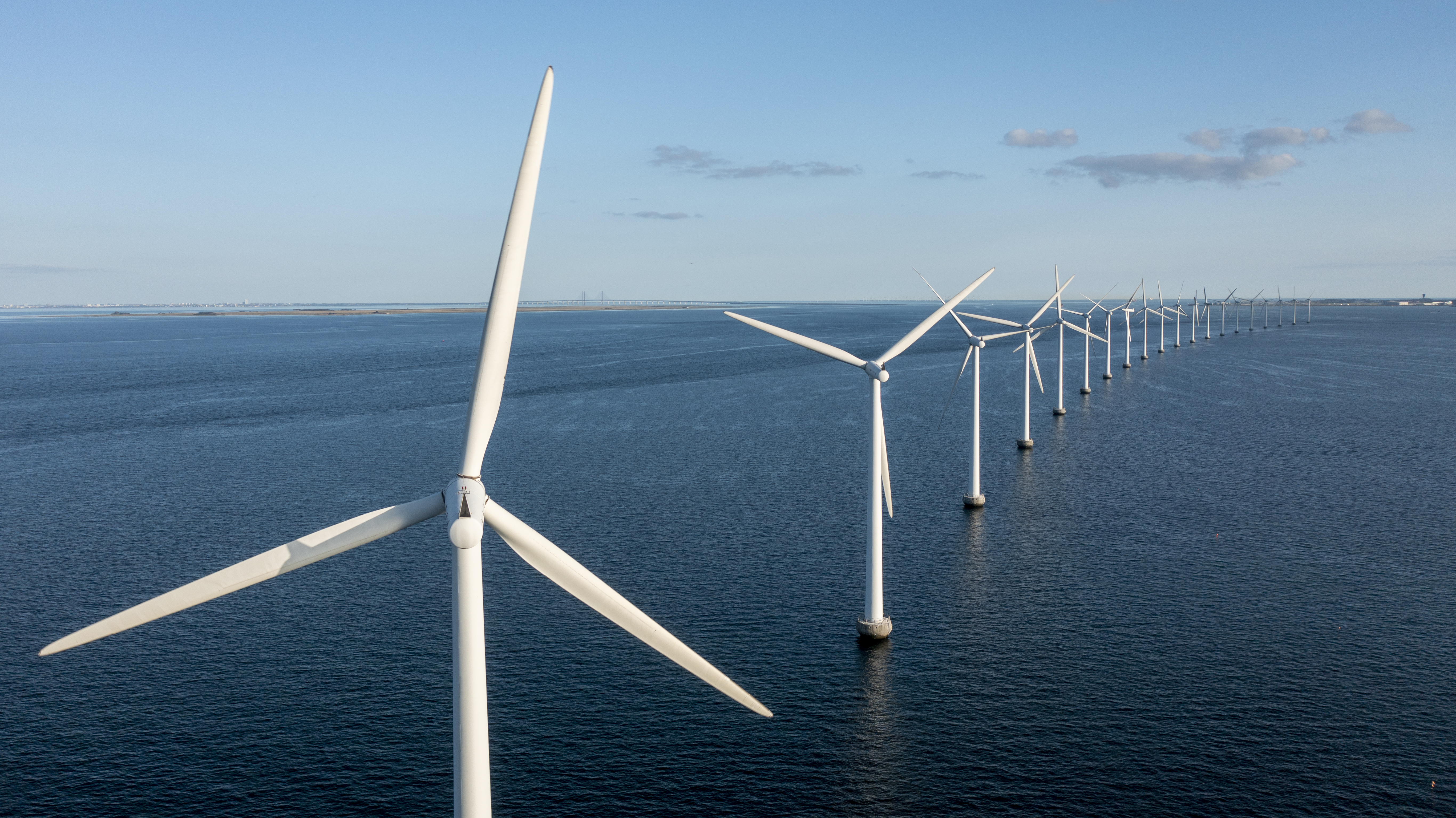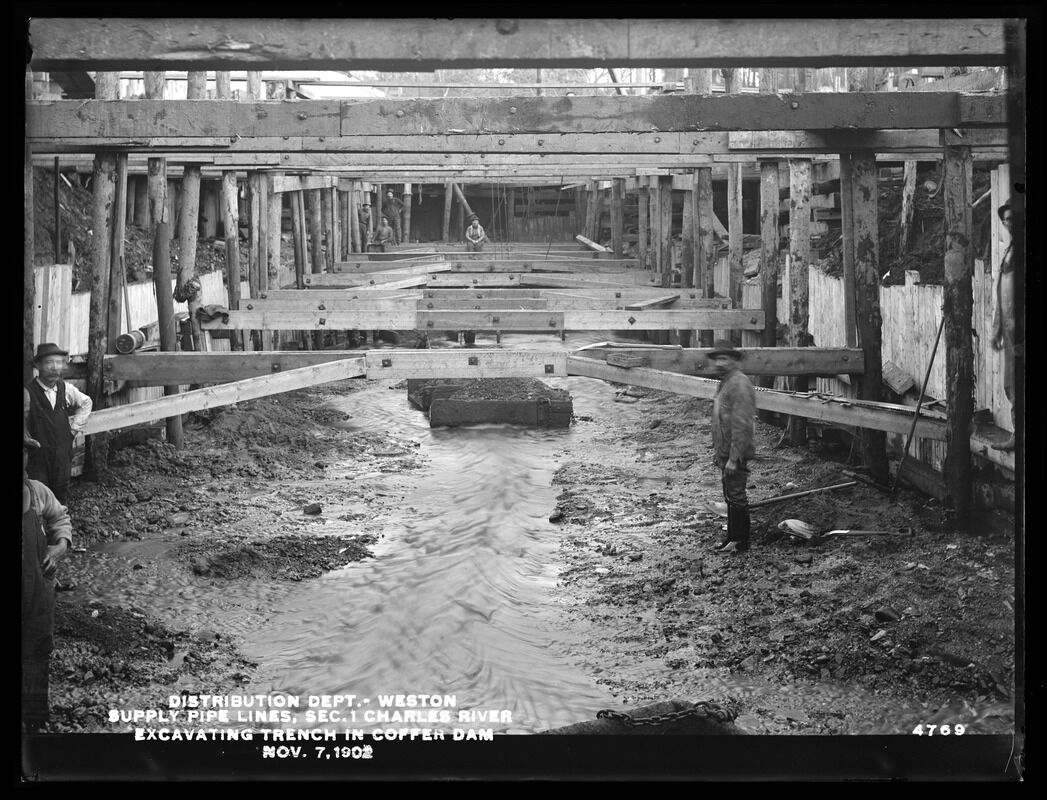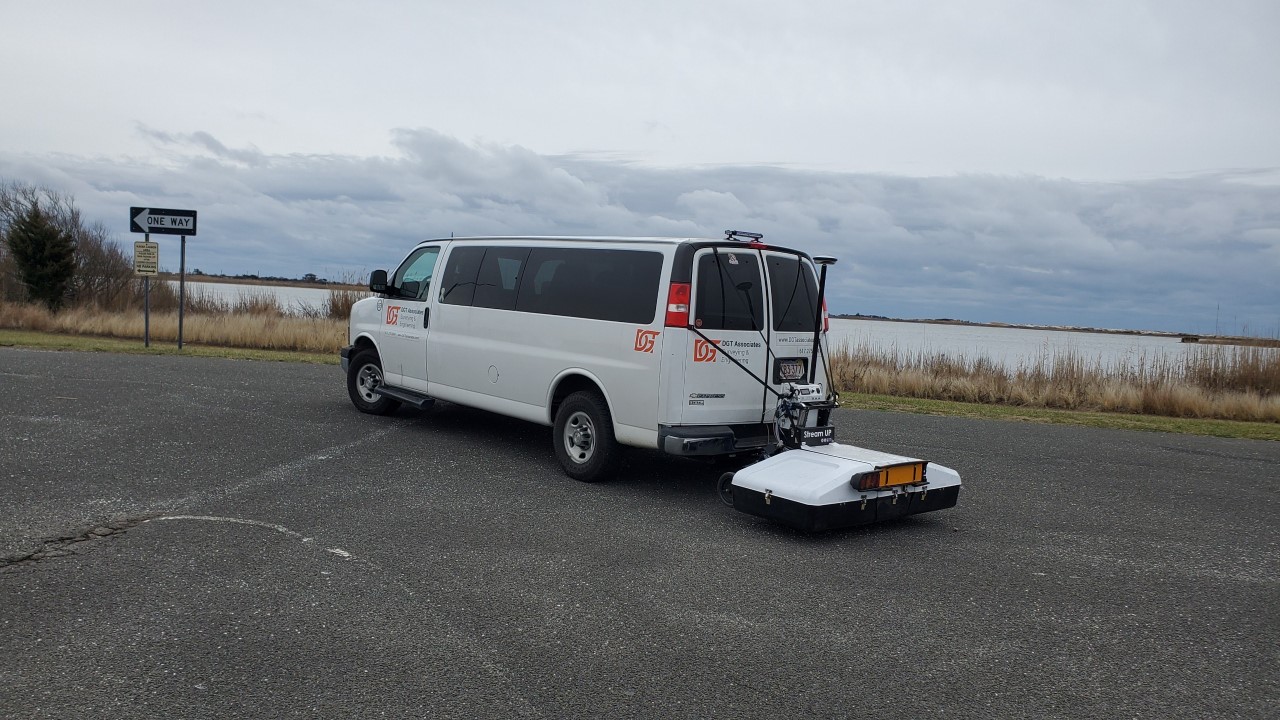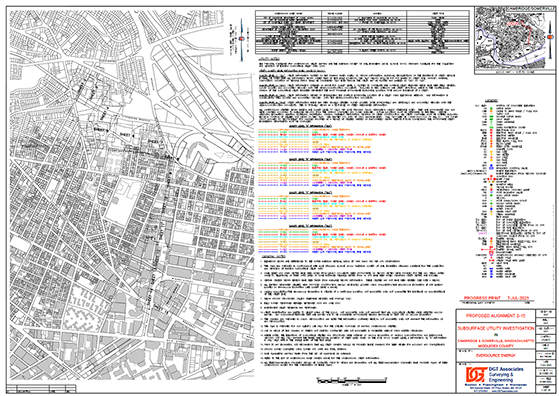Make Way for Green Energy: Creating a Safe Space for New Transmission Lines Underground
Make Way for Green Energy: Creating a Safe Space for New Transmission Lines Underground
The nation’s electricity supply comes from a variety of sources, but not all energy is created equal. Burning fossil fuels like coal, oil, and gas is a leading contributor to global climate change, accounting for about 75% of greenhouse gas emissions and nearly 90% of all carbon dioxide emissions. As storms intensify and the climate warms faster than ever before, it’s critical to reduce the conventional energy resources and utilize more renewable power sources including solar, wind, and biogas.
The federal government has invested billions of dollars in funding, grants, and incentives to seek alternative electrical generation options. Today, vast solar farms dot the countryside, and even small land tracts on the edge of highways have been transformed into energy generation facilities. While homeowners and commercial properties continue to contribute to the demand for electric production on a granular level, energy asset owners are focused on implementing large solar systems and wind turbines to meet the increasing load on the electrical grids.
While shifting to green energy sources is a no-brainer, the process of distributing new energy to consumers through the power transmission grid is a major undertaking—and frankly, can be seen as an inconvenience to local communities. But the long-term sustainability of our power grid and environment depends on it.
Getting Clean Energy to the Consumer
Building new green generation plants is only one of the many obstacles that asset owners must overcome to accelerate the adoption of clean energy. With approximately 2,000 gigawatts of renewable power in interconnection queues—nearly double the amount of the current generation capacity—it’s become a yearslong process for a new energy project to connect to the grid.
Additionally, the network of transmission lines in the United States is old and vulnerable. Extreme weather events resulting in widespread and prolonged power outages are proof that the existing energy infrastructure is not equipped for additional energy sources. For many asset owners, the current electrical networks have been built around the power plants and electrical substations’ connectivity with customers, involving complex transmission and distribution routes.
In early 2023, the U.S. Department of Energy’s Grid Deployment office released the National Transmission Needs Study, highlighting the concerns about capacity and congestion on the nation’s electric transmission grid. The key findings of the study concluded that there’s a pressing need for additional transmission infrastructure, increasing interregional transmission results in the largest benefits, and needs will shift over time. Another study from the National Renewable Energy Lab underlined the need for about 120 million “megawatt-miles” of new transmission, an investment of $6.5 billion per year between now and 2050 to reach 80% renewables.
Overcoming Challenges in Urban Environments
The location of the existing transmission lines adds a layer of complexity. Fossil fuels are typically transported by railroads or pipelines, then burned in power plants in cities. New generating systems must be connected to the older electrical grids, but the routes for connectivity can be lengthy and costly to design and build, especially in urban environments. Electrical asset owners face various challenges with expansion in and around cities due to growing populations, increasing costs, and the politics associated with construction disrupting residents.
While the emerging technologies for wind and solar systems continue to evolve, the grind of building a new network in congested corridors is complicated and time-consuming. The new planned energy routes may start with a simple line diagram from the generation source to the connection nodes. However, the planning and environmental permitting can easily become complex, and choosing a route that is constructable and affordable is difficult. In areas with congested streets and roadways, many customers who demand more electrical energy for their homes, devices, and cars are far less tolerant of the distribution of underground pipes and cable construction needed to bring the energy required to their community.
Overhead power lines can be less expensive to design and build but the last mile to connect with substations and customers must be underground. Also, in many communities, unsightly overhead wires are not tolerated. Not to mention, recent mega-storms like Hurricane Ida and the 2021 Texas Freeze demonstrated that any above-ground facilities can be destroyed in a single event. Building a new underground network is necessary but there’s a web of utilities below ground and a lack of records of what lies below.
Working Around the Underground Utilities
Prior to expanding the power grid to transmit green energy, it’s critical to have a comprehensive understanding of the underground utilities surrounding the potential transmission routes. Electrical asset owners need to find the most feasible—and safe—route to connect new and existing substations to existing powerplants without disrupting or striking subsurface utilities in the process. DGT has expertise in mapping the underground environment to provide asset owners with the best routes for new transmission lines and reduce any risk involved.
In recent years, DGT has participated in numerous large-scale electrical grid projects including providing subsurface utility mapping to improve Boston’s electric grid. These utility investigation projects are typically completed in multiple phases that entail mapping the existing conditions above and below ground for designers and planners looking at route selection.
- Phase 1: Capturing ASCE 38-22 Quality Level C and D survey data. The first phase of mapping focuses on establishing survey control networks for correlating above and below-ground mapping on a single coordinate database. Typically, a state plane survey control network involves solid GPS positioning and aerial data from a photogrammetrist. Using photogrammetry, DGT can obtain high-resolution imagery and reliable planimetric and topographic information over a large area, typically within a few weeks of contract execution.
- Phase 2: The second phase involves soliciting, collecting, and plotting the extent of the underground utilities. DGT uses the record utility plans received from underground asset owners to build a composite utility plan to help designers and planners understand the congestion and complexity of underground systems. In many instances, the DGT composite utility plans help designers understand the complexity or expense of existing streets and roadways, choose optimum routes for the final design mapping, and dismiss potential avenues that may be too difficult to build.
- Phase 3: Capturing ASCE 38-22 Quality Level B data. Once the client selects potential routes, DGT embarks on an intensive above and below-ground mapping effort using handheld EMI equipment, Ground Penetrating Radar (GPR) systems, and survey locating to investigate further.
- Phase 4: In the final phase of the project, DGT often completes ASCE 38-22 Quality Level A surveying for the chosen routes and delivers the mapping to the client in GIS or CAD.
Fortunately, there’s no shortage of green energy sources to utilize as we address climate change, but hard work and cooperation lies ahead before renewable energy can be transmitted to the masses. The evolution of our power grid is inevitable and it’s important for energy providers to partner with companies like DGT to gain underground insight to ensure the work is safe and will have minimal disruption. Safely creating space for new transmission lines doesn’t have to be a risky process, but it will require flexibility from the various stakeholders and communities involved.
To learn more about DGT’s Subsurface Utility Mapping (SUM) work, visit our website.






